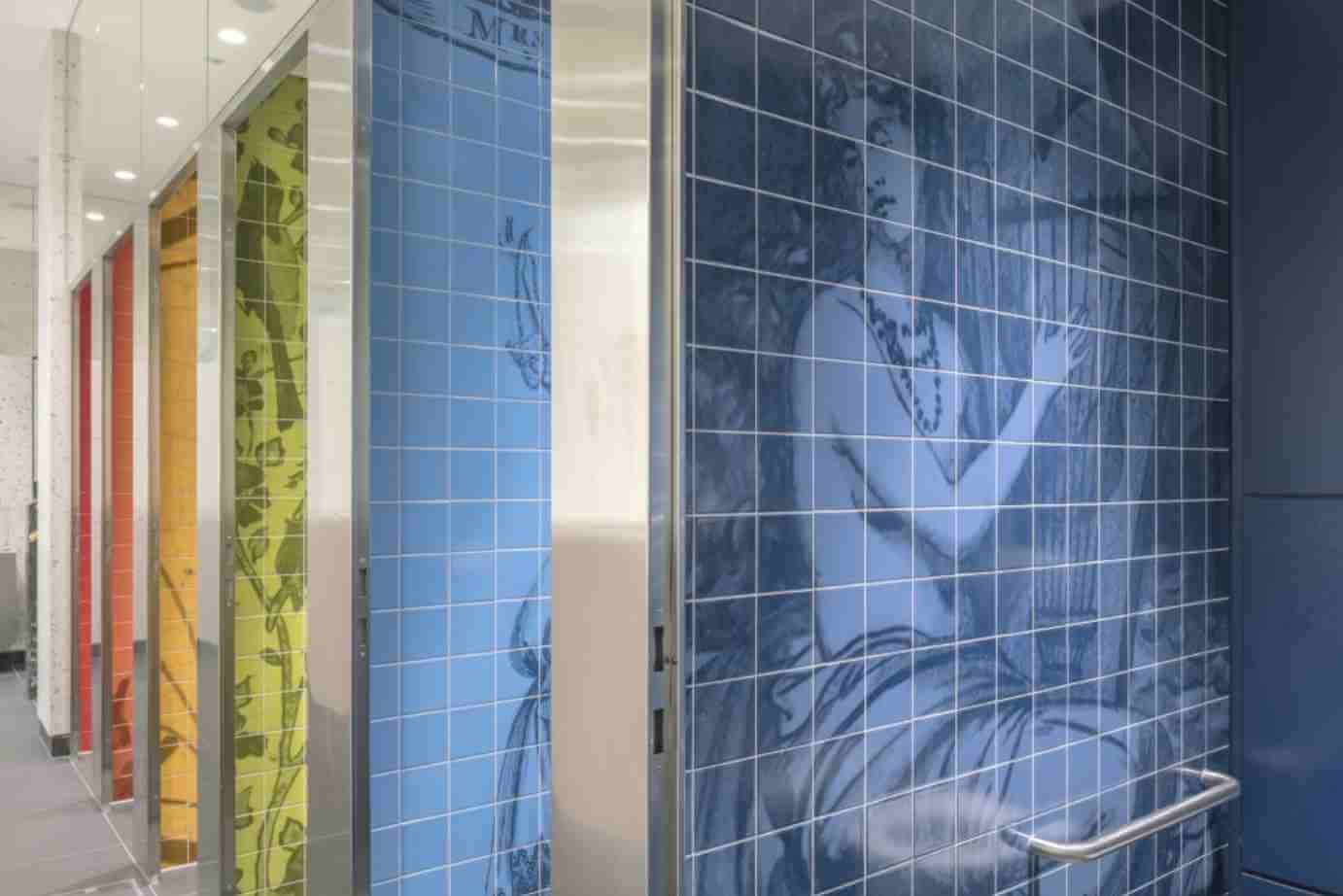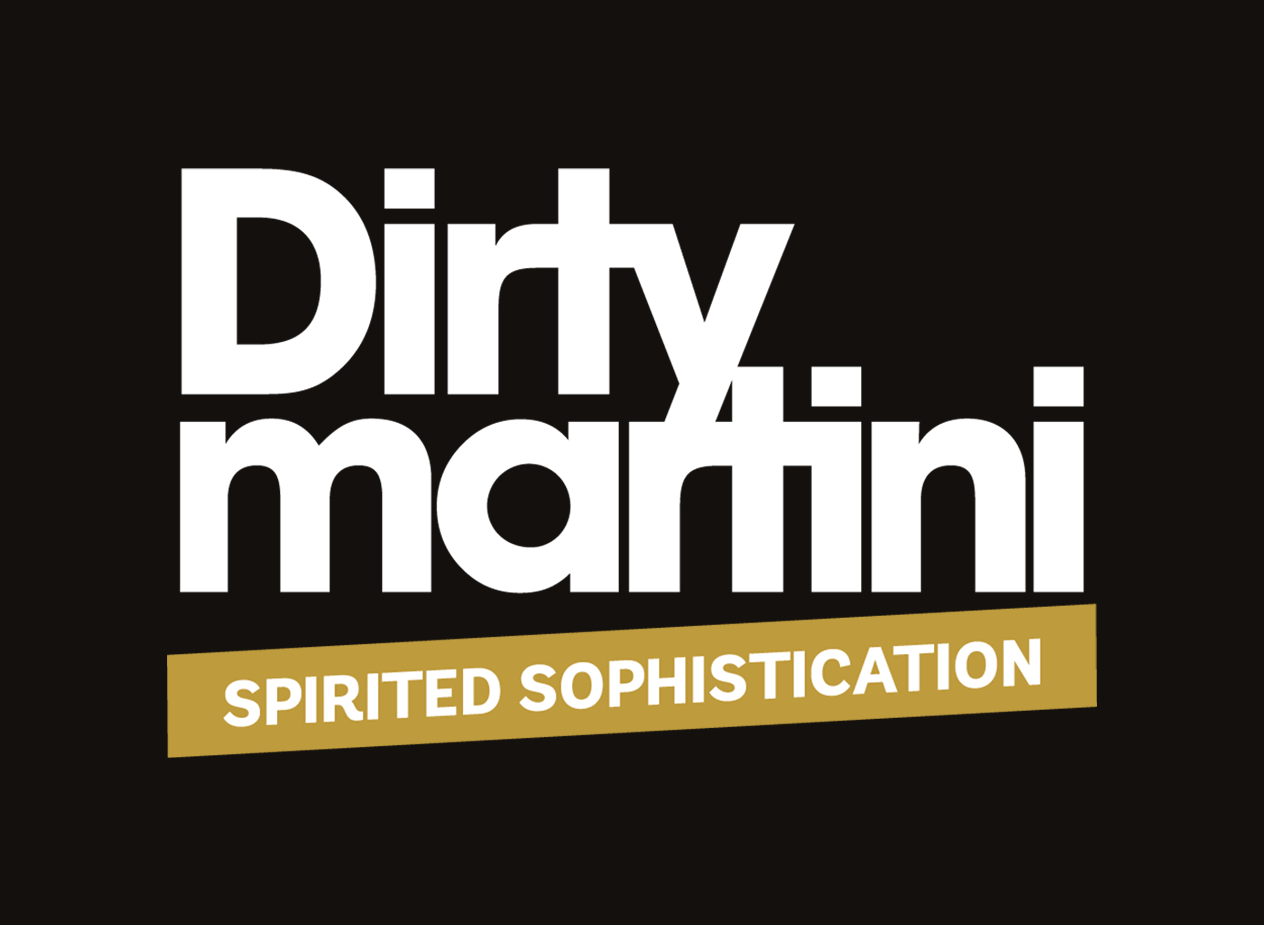Flooring materials need to be considered carefully for a wet room. They must withstand constant moisture while providing safety, durability, and, ideally, look good.
Unlike traditional bathrooms with separate shower enclosures, wet rooms are fully waterproofed spaces where water flows freely across the floor to a central drain. That’s the main reason why choosing the right type of tiles is crucial for both functionality and longevity.
In this article, we put the spotlight on wet room tiles, discussing the best options and key features which you should be seeking.
Types of wet room flooring
Below, we detail some of the best types of tiles for wet room flooring:
Ceramic and porcelain tiles
Ceramic and porcelain tiles can be named as the most popular choice for wet rooms. This is due to their superb water resistance and durability.
Porcelain tiles are denser and less porous than ceramic tiles. They absorb water to a minimal extent, which makes them ideal for high-moisture environments. Porcelain tiles come in many designs, colours, and finishes. This allows homeowners to achieve any aesthetic from modern minimalist to traditional spa style.
The naturally waterproof characteristic of porcelain tiles also makes them resistant to staining, bacterial growth, and frost damage.
Ceramic tiles are slightly more porous, but still provide good water resistance when properly sealed. They also offer the benefit of being more budget-friendly, in general.
Natural stone tiles
Natural stone options like slate, travertine, and granite bring luxury and unique character to wet rooms.
Slate tiles have a natural non-slip texture and water resistance. But you should note that natural stone requires more maintenance, including regular sealing to prevent water penetration and staining. Natural stone can require a bigger investment, but in the long run, this can pay off by increasing your property’s value.
Vinyl flooring
Modern vinyl flooring provides waterproof solutions specifically designed for wet areas.
Luxury vinyl tiles (LVT) and luxury vinyl planks (LVP) have the appearance of natural materials like wood or stone while giving complete water resistance. These products feature multiple layers, including a waterproof core, making them suitable for wet room applications.
Vinyl flooring is comfortable, warm and easy to install.
LVT represents the premium end of vinyl flooring, offering a high level of realism in replicating natural materials. These tiles typically feature a rigid core construction and include advanced wear layers.
Vinyl flooring is comfortable, warm and easy to install.
Key features to consider
If you are in the market for wet room tiles, there are some factors that should influence your buying decision:
Waterproofing performance
This is a critical factor. Look for materials with low water absorption rates, such as the options we have outlined above. Proper installation requires appropriate waterproof membranes and sealants.
Non-slip properties
Safety is paramount in wet environments. Choose tiles with textured surfaces or anti-slip ratings of R10 or higher for wet areas. Many manufacturers now offer tiles with micro-textured surfaces that provide grip without compromising on cleaning ease.
Underfloor heating compatibility
Many wet room designs incorporate underfloor heating. This offers comfort and faster drying.
Porcelain, ceramic and natural stone tiles are a good choice, given their excellent thermal conductivity. When choosing vinyl or LVT, ensure the product is specifically rated for use with underfloor heating.
Maintenance requirements
Consider long-term maintenance when selecting flooring. Porcelain tiles require minimal maintenance beyond regular cleaning, while natural stone needs periodic sealing. Vinyl and LVT products are very low maintenance but may need to be replaced sooner.
Cost considerations
When it comes to your budget, ceramic tiles may offer the best value for money, while natural stone may require the largest investment. Vinyl and LVT can be seen as mid-price options.
Aesthetic flexibility
Modern tile manufacturing techniques offer extensive design options, and ultimately, aesthetics will come down to your personal taste. If you choose larger format tiles, this can provide a more modern look, with fewer grout lines.
There are also smaller mosaic tiles that give texture and may be of more visual interest, giving a classic appeal. Today’s vinyl and LVT products now offer a world of choices, convincingly replicating premium materials at a fraction of the cost.
Regardless of which of these suitable wet room materials you choose, professional installation will be the key to performance and the absence of issues further down the line.





















